Good horse arena footing is a springy surface with good traction and no dust. Sounds pretty simple, right? Let’s break it down.
What is the Best Footing for a Horse Arena?
The ideal horse arena footing deters injuries in your horse and boosts performance. An arena surface is somewhat deformable to absorb impact energy, yet sufficiently resilient to give the horse more spring. It allows the horse to move so that his hooves slide gently into the loading phase. It provides penetration during break-over as well as stability during push-off.
What Makes the Worst Horse Arena Footing?
Anything resulting in an arena that you would describe as too deep, too hard, uneven, too loose, too dusty, shifting, rolling, and not draining. A poor footing material will steal confidence and cause unsoundness – the damage might not happen within one ride, but the accumulation of days, weeks, months of riding on improper arena footing will take its toll and take your equine partner to the vet clinic, eventually.
How to Build a Riding Arena
In arena construction and design, the quality of materials is very important – hire a horse arena footing specialist with many years of experience, such as Footing Solutions USA, to work with your contractor to select the sand and oversee the project. It may cost more in the short term, but it will save you money in the long term. Get the job done right the first time when building an arena to avoid issues and additional costs.
Common complaints we hear all of the time:
- The arena base is coming up – rocks are showing up in the footing.
- The arena base is not draining – there is a “swimming pool” after rainfall.
- The arena base is getting uneven because of uneven watering of overhead sprinklers.
- The footing is too deep or too shallow.
- The horse arena footing is too hard and compacts too much.
1. The Arena Base is the first and very important phase.
Solution 1: Use HIT Draingrid Pavers to build a perfectly functioning arena base with free vertical drainage.
This arena base material will drain, not mix with your horse arena footing even with heavy use (e.g. lunging) and adds spring. There is an optional installation of sub-surface irrigation water lines for even watering and water conservation if you live in dry climates like California, Arizona, Nevada, New Mexico, etc.
Solution 2: The use of Arena Base Mats is also an Excellent alternative to ensure good drainage and providing a permanent separation layer between the sub-base and the arena footing.
2. What is the importance of arena footing in training your horse?
Whether indoor or outdoor, a riding surface that his too hard absorbs little if any impact energy. The high impact shock wave results in large concussion and will develop bone and joint problems. Horses working on an arena surface that is too hard will adjust their strides and movement to avoid excessive shock to the limbs, and the strides become short. Horses working on a surface that is too soft and loose also adjust their stride and movement to cope with the extra energy required, caused by the low impact of the soft surface. In all those cases, soundness and performance is compromised.
3. How do I determine if a riding surface is safe for my horse?
Watch the horse go by and look at the surface afterward. If you see a hoof imprint no deeper than 2 inches with no shifting of sand, then you know that you are on perfect horse arena footing. Also, listen! The less you can hear the hoof-beat is a good indication. And, walk the footing yourself. If it is slick, deep, hard or uncomfortable for your feet, just think of what your horse feels. When riding on arena footing, just be aware of how your horse behaves and rides. Does he stumble a lot or is he tender-footed on harder arena materials? Does he slip during roll-backs and tight turns? All of these are indications that the footing is not optimal.
4. What materials are commonly used in arena footing and what are their characteristics?
Sand – That wonderful ‘stuff’
What type of sand should you use in a horse arena? High-quality sand is essential when creating and maintaining the right riding surface. The next time you talk with your contractor or visit the quarry, explain that you want sand that is ‘hard’, quartz’, ‘glacial’ and ‘angular’. Unlike ‘river sand’ that has rounded particles, the sand you want for your horse arena footing will be durable (silica/quartz last a very, very long time) and angular for better traction. The particle size distribution of the sand plays an important role in the selection of the right horse arena sand. It is important to ask your arena footing specialist for assistance before purchasing any sand.
Good sand isn’t cheap, but don’t be tempted to go with ‘dirty sand’ or ‘river sand’ or ‘manufactured sand’ – they won’t provide the arena footing that you want, no matter which additives you choose. They will also wear out much quicker and decompose into stone dust in no time. The upfront expense of getting the right sand the first time around makes for an economical choice when measured over the long haul.
So, what depth should your arena footing be? Jumping arenas require a layer of 4″ of high-quality sand, and for dressage arenas 3″ of sand is sufficient. Always compliment with our geotextile sand additives/ synthetic arena footing to improve cushioning and stability.
Sand Additives
FSGeoTEX synthetic sand additives are the only additives proven to efficiently improve your sand arena footing. FSGeoTEX consists of a soft, thick needle felt which fibers have the ability to connect to the sand assuring the knitting and cushion effect to the sand. The result is a stable yet springy arena footing.
The FSGeoTEX special blend has a certain percentage of extra fibers to assure the connecting of the sand grains. Cheap felt, which is thin and stiff, won’t work as well. So, if you are out shopping for geotextiles, compare the samples for quality. Always look for a thicker geotextile which can also hold moisture in the horse arena footing.

When you have the sand and felt holding moisture, it creates strength in the sand. This is similar to how dirt is stabilized by roots in turf footing. When the horses come down on top of the footing, the felt or fibers compress and release the moisture back into the sand.
Unlike rubber, which is a loose particle and cannot connect to the sand, FSGeoTEX creates the perfect equestrian surface that provides:
- Spring and cushion
- Traction
- Consistency
- Support
 Horse Arena Maintenance – A riding surface is only as good as it’s maintenance.
Horse Arena Maintenance – A riding surface is only as good as it’s maintenance.
Watering a Riding Arena
Watering of the horse arena footing is essential. Water binds the sand grain together, makes it more stable, and eliminates dust.
Unless you have a private well, water bills can be astronomical. Of course, using all that water draws down the water table. In coastal areas, like in California, this can result in saltwater intrusion into wells, which ruins the wells permanently. In more upland areas, wells must be deeper and are costlier. Finally, there is the very real possibility that we could run out of fresh water in the aquifers. As much as 50% of the water put on the arenas is lost through evaporation.
The amount of water to apply obviously depends on the climate. If you have good geotextile arena footing in the West Coast’s dry states, you need to water your arena every day or every other day. We recommend watering deep down to the base once and then go with no water the next day or two, rather than watering frequently and lightly which just covers the 1/2 inch on top and subsequently evaporates within 1 hour. The horse arena footing below will not stay stable if you just water frequently and lightly.
When you use a geotextile fiber arena additive, which helps with maintaining moisture in your footing, you should analyze and compare the geotextiles. We offer a thick geotextile sand additive that can absorb and hold moisture in the horse arena footing for a longer time without compromising drainage.
What equipment is necessary for maintaining an arena surface effectively?
Establishing a maintenance program is essential. Building a riding arena is one thing; the maintenance of it is another.
Firstly, make sure you are using an adequate arena drag and groomer, secondly use just enough or as little water for an optimum stable, yet springy arena surface.
Secondly use just enough or as little water for an optimum stable, yet springy arena surface. The even watering of arena footing materials requires careful attention – watering with overhead sprinklers is often very inconsistent. Unevenly watered horse arena footing will harrow in differently. To avoid this problem, Footing Solutions USA offers underground arena watering systems which water from below to ensure even moisture at every inch. The HIT Active Aqua System and the Ebb- and Flow construction both take care of uneven watering issues while conserving water.
If you do your homework, building the perfect riding arena can be affordable and easy. Your horse arena footing is, perhaps, the most important element to ensure performance and soundness in your equine partner.
Footing Solutions USA – Nationwide Footing Specialists.
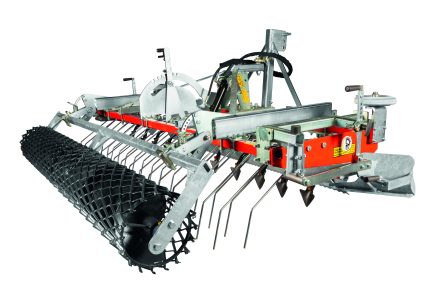
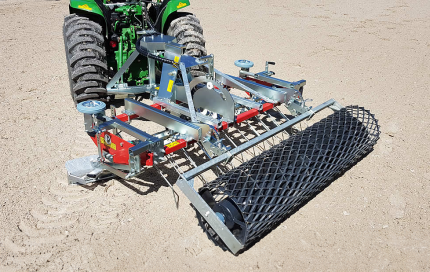
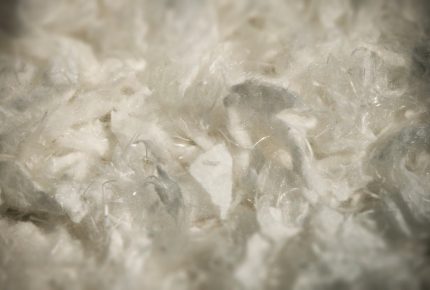
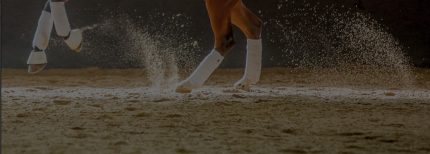


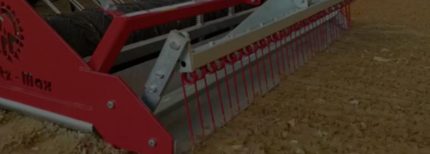
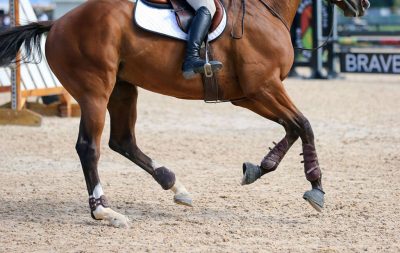
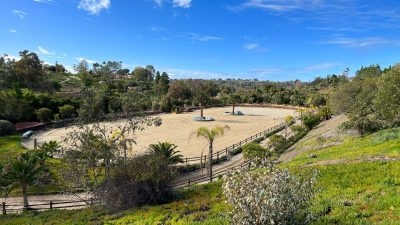
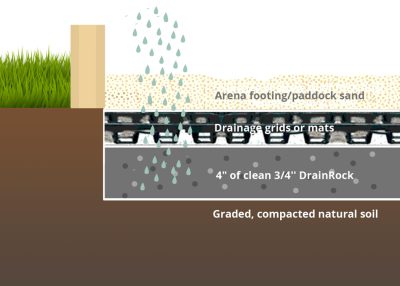

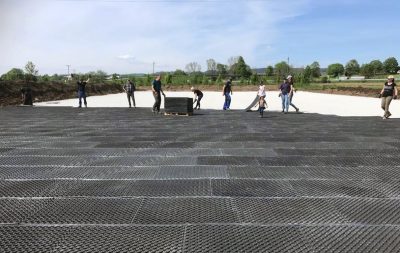
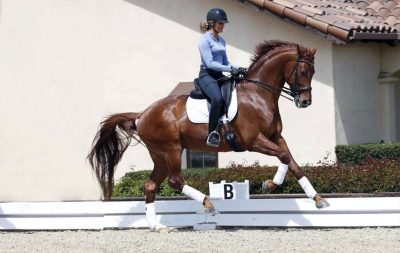
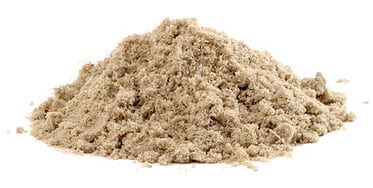
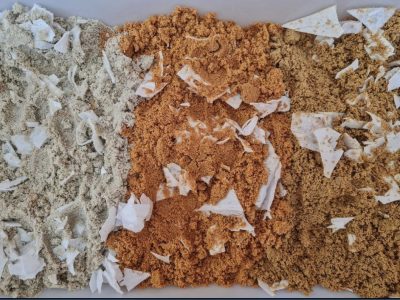
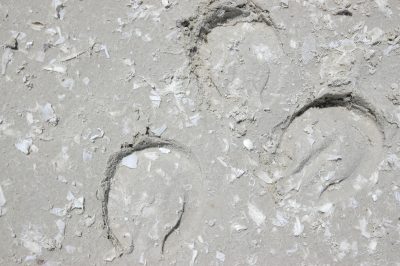
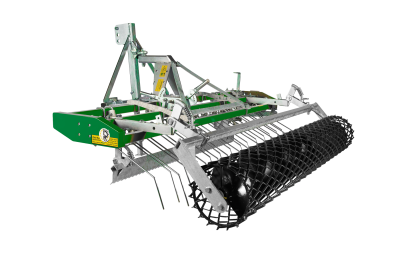

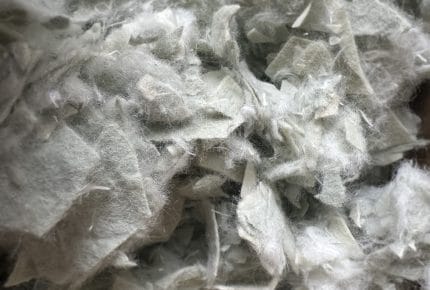
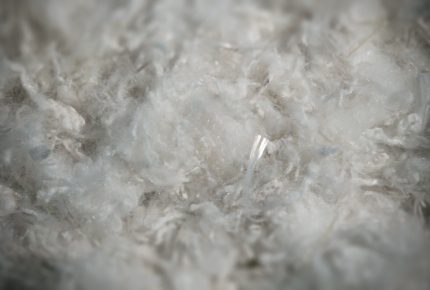
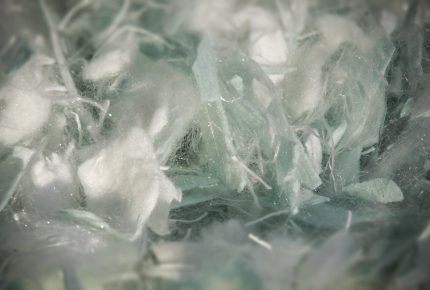
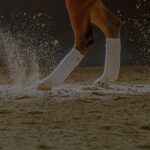 Geotextile Arena Footing
Geotextile Arena Footing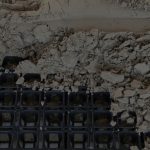 Ground Mats and Grids
Ground Mats and Grids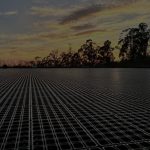 Subsurface Irrigation
Subsurface Irrigation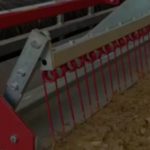 Arena Drags & Groomers
Arena Drags & Groomers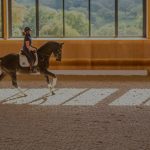 Mirrors and Kickwall
Mirrors and Kickwall Horse Wellness
Horse Wellness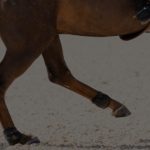 Dust Control
Dust Control